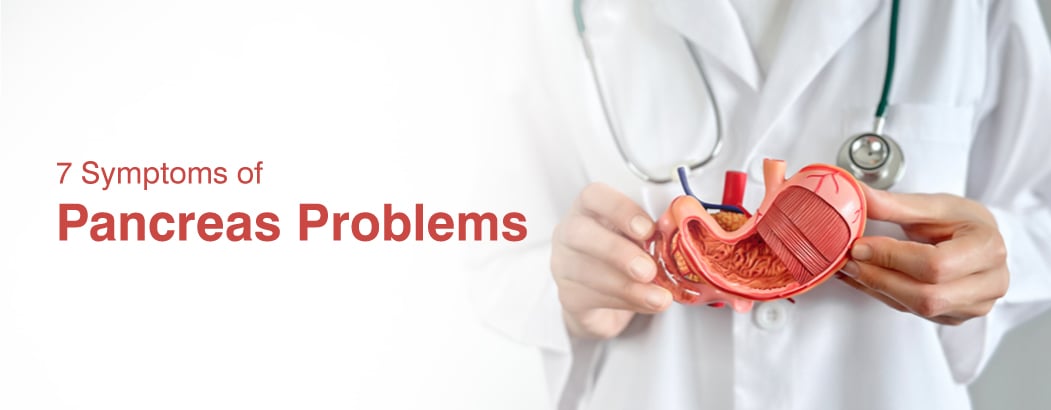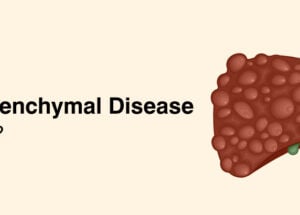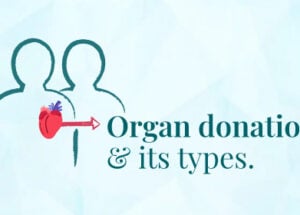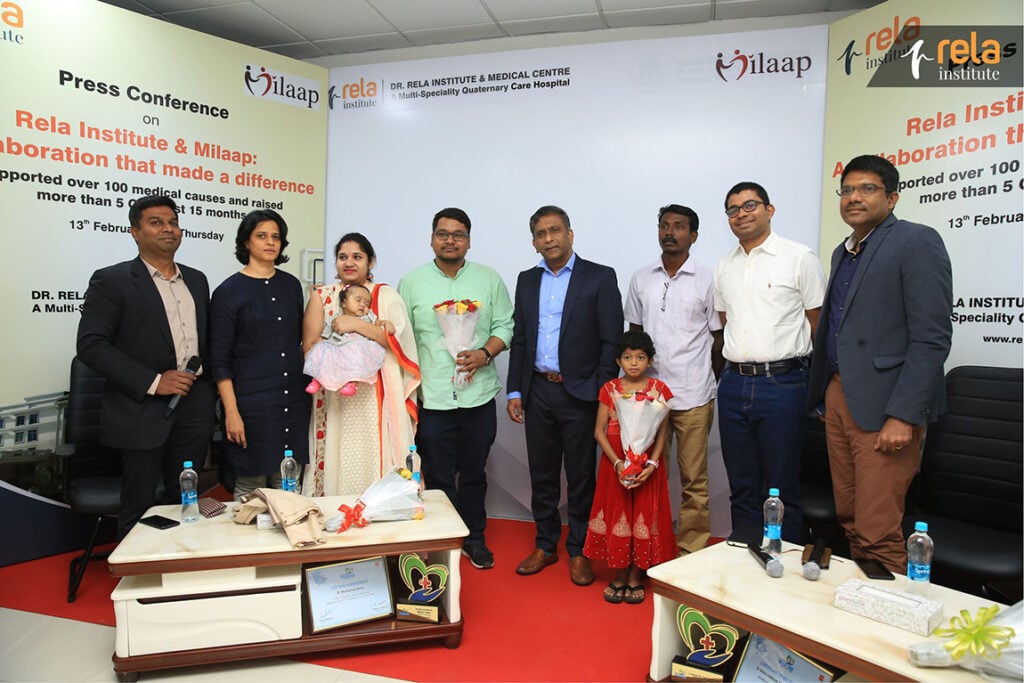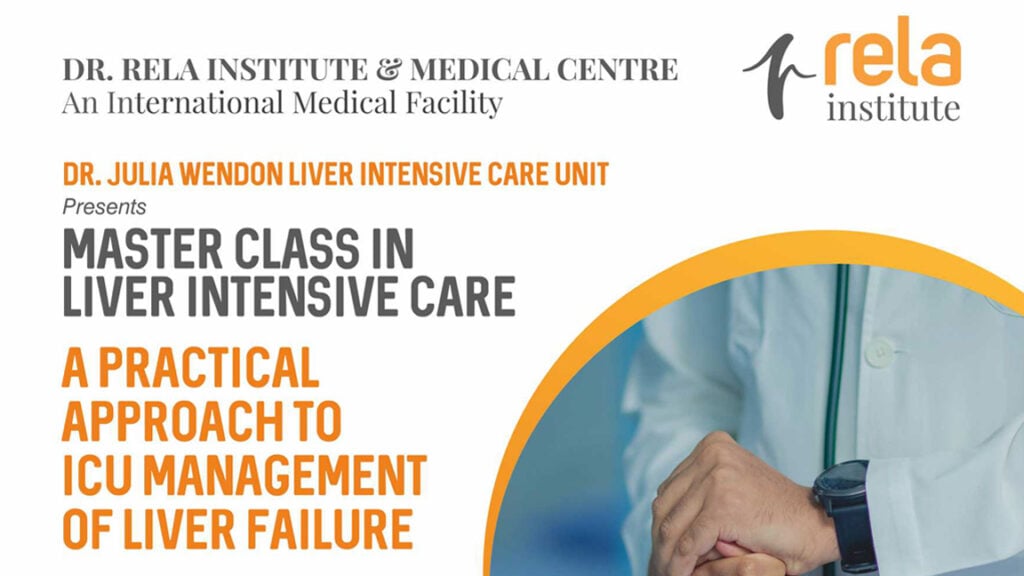Galactosemia: Symptoms, Causes, Diagnosis, Treatment
Overview of Galactosemia
Galactosemia is a rare genetic disorder characterised by the body’s inability to break down galactose, a sugar in milk and dairy products. This condition is caused by mutations in specific genes that are involved in galactose metabolism. The most common form of galactosemia, known as classic galactosemia, is caused by mutations in the GALT gene. When galactose cannot be properly metabolised, it accumulates in the body, leading to various symptoms and potential complications.
Galactosemia can affect individuals of all ages, but it is typically detected in newborns through routine screening tests performed shortly after birth. Newborn screening programs aim to identify infants with elevated galactose levels or its byproducts in their blood. Early detection is crucial for timely intervention and management of the condition. If galactosemia is suspected, further diagnostic tests, such as genetic testing or enzyme activity assays, can be conducted to confirm the diagnosis and identify the specific gene mutations involved.
Symptoms of Galactosemia
Galactosemia can manifest differently in individuals, but common symptoms may include:
- Failure to thrive and poor weight gain in infants
- Vomiting, diarrhea, and irritability after consuming milk or milk products
- Jaundice (yellowing of the skin and eyes)
- Liver problems, such as hepatomegaly (enlarged liver) or cirrhosis
- Developmental delays, speech difficulties, and learning disabilities
- Cataracts (clouding of the lens in the eye)
Causes of Galactosemia
Galactosemia is caused by mutations in specific genes that are involved in galactose metabolism. These mutations disrupt the production or function of enzymes required to break down galactose. The most common type of galactosemia is known as classic galactosemia, which is caused by mutations in the GALT gene. In rare cases, galactosemia can also be caused by mutations in other genes, such as GALE or GALK.
Diagnosis and Tests of Galactosemia
Galactosemia is typically diagnosed through newborn screening programs, which involve a blood test shortly after birth. Elevated levels of galactose or its byproducts in the blood can indicate the presence of the disorder. Confirmatory diagnostic tests, such as genetic testing or enzyme activity assays, may be conducted to identify specific gene mutations or measure enzyme activity.
Types of Galactosemia
- Classic Galactosemia: Classic galactosemia is the most common and severe condition. It is caused by mutations in the GALT gene, which provides instructions for producing an enzyme called galactose-1-phosphate uridylyltransferase. This enzyme is essential for breaking down galactose into glucose. In the absence or deficiency of this enzyme, galactose builds up in the body, leading to various symptoms and complications.
- Galactokinase Deficiency: Galactokinase deficiency(Type II Galactosemia) is a milder form of galactosemia caused by mutations in the GALK1 gene. This gene provides instructions for producing an enzyme called galactokinase, which converts galactose into galactose-1-phosphate. In individuals with galactokinase deficiency, galactose cannot be effectively converted, resulting in the accumulation of galactose in the blood and tissues. Compared to classic galactosemia, the symptoms of galactokinase deficiency are typically milder and may primarily involve the eyes, such as the development of cataracts.
- Galactose Epimerase Deficiency: Galactose epimerase deficiency is the rarest form of galactosemia, caused by mutations in the GALE gene. The GALE gene provides instructions for producing an enzyme called UDP-galactose-4-epimerase, which is involved in converting galactose to glucose and vice versa. In individuals with galactose epimerase deficiency, this conversion process is impaired, resulting in the accumulation of galactose in the body. The symptoms of galactose epimerase deficiency can vary but may include developmental delays, liver problems, and other complications similar to classic galactosemia.
Management of Galactosemia
Managing galactosemia involves strict dietary restrictions. The primary treatment is the elimination of galactose and lactose (a sugar derived from galactose) from the diet. Infants with galactosemia should be fed with specialised formulas that do not contain lactose or galactose. As children grow older, they may need to follow a diet that avoids milk, dairy products, and other foods containing lactose or galactose. Consulting a registered dietitian experienced in managing galactosemia is essential to ensure a nutritionally balanced diet.
Treatment of Galactosemia
Individuals with galactosemia may require additional medical interventions based on their specific symptoms. For example:
- Newborns with severe symptoms may require intravenous fluids to address dehydration or other complications.
- Individuals with liver disease may require liver transplantation in severe cases.
- Speech therapy, occupational therapy, and special education services can help address developmental delays and learning disabilities.
Prevention of Galactosemia
Galactosemia is an inherited disorder, and currently, there is no known way to prevent its occurrence. Genetic counselling is recommended for couples with a family history of galactosemia or those who have previously had an affected child. Prenatal testing, such as chorionic villus sampling or amniocentesis, can be performed during pregnancy to determine if the fetus has galactosemia. Early diagnosis and management are vital to prevent or minimise the complications associated with galactosemia.
People also ask
1. What are the symptoms of Galactosemia?
The symptoms of galactosemia can vary in severity and may appear shortly after birth or within the first few days of consuming breast milk or formula containing lactose. Common symptoms include:
- Failure to thrive and poor weight gain.
- Vomiting, diarrhoea, and irritability after consuming milk or milk products.
- Jaundice (yellowing of the skin and eyes) due to liver dysfunction.
- Liver problems, such as hepatomegaly (enlarged liver) or cirrhosis.
- Developmental delays, speech difficulties, and learning disabilities.
- Cataracts (clouding of the lens in the eye), which may lead to vision problems if left untreated.
2. What is Galactosemia and What Causes It?
Galactosemia is a rare genetic disorder that impairs the body’s ability to break down galactose, a sugar in milk and dairy products. It is caused by mutations in specific genes responsible for the production or function of enzymes involved in galactose metabolism. The most common form of galactosemia, known as classic galactosemia, is caused by mutations in the GALT gene, which provides instructions for producing an enzyme called galactose-1-phosphate uridylyltransferase. This enzyme is essential for converting galactose into glucose, a process required for proper energy production and utilisation in the body.
3. Which Enzyme Deficiency Causes Galactosemia?
The enzyme deficiency that causes galactosemia is a deficiency of galactose-1-phosphate uridylyltransferase. In individuals with classic galactosemia, mutations in the GALT gene lead to either a complete absence or reduced activity of this enzyme. As a result, galactose cannot be effectively converted into glucose, leading to the accumulation of galactose and its toxic byproducts in the body. The enzyme deficiency disrupts the normal metabolism of galactose, causing various symptoms and complications associated with galactosemia.


